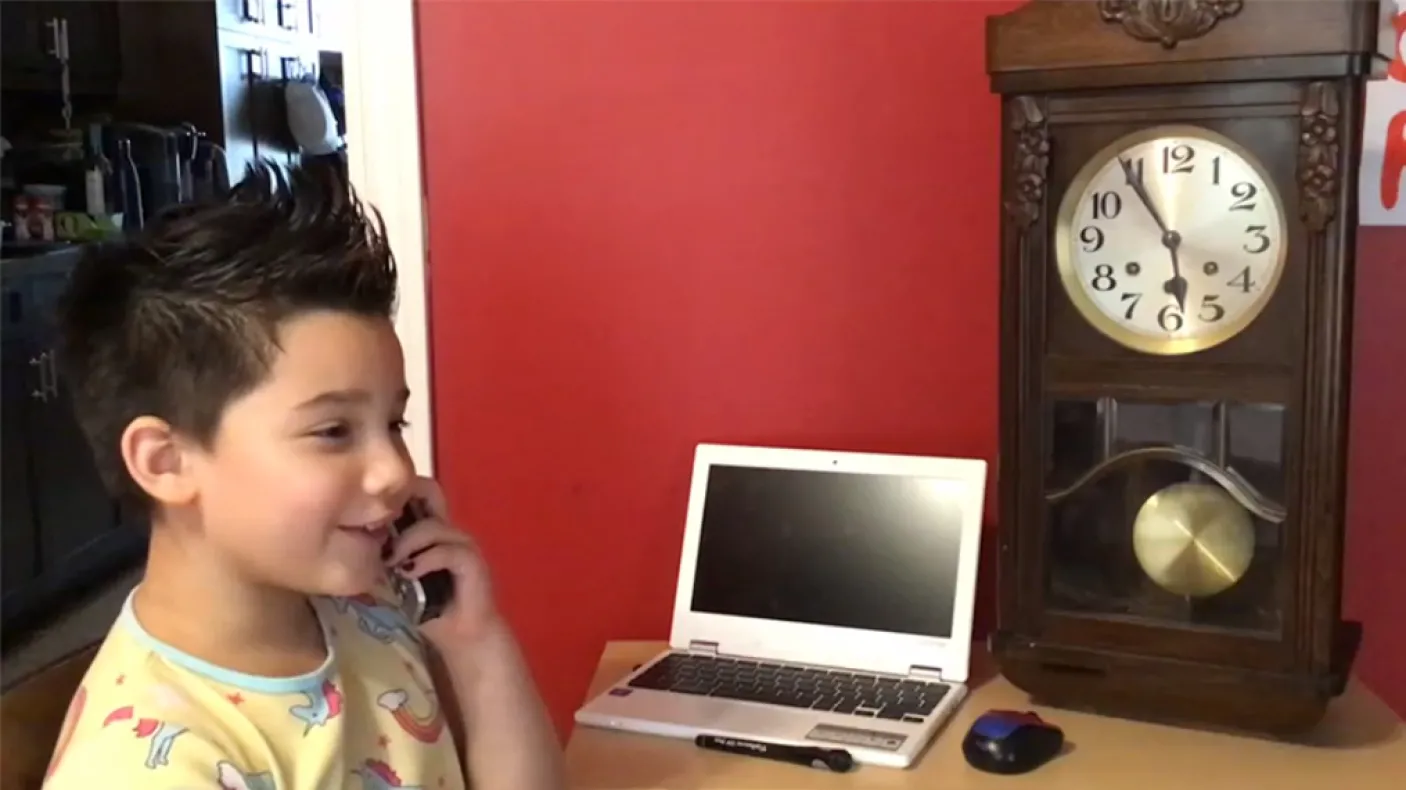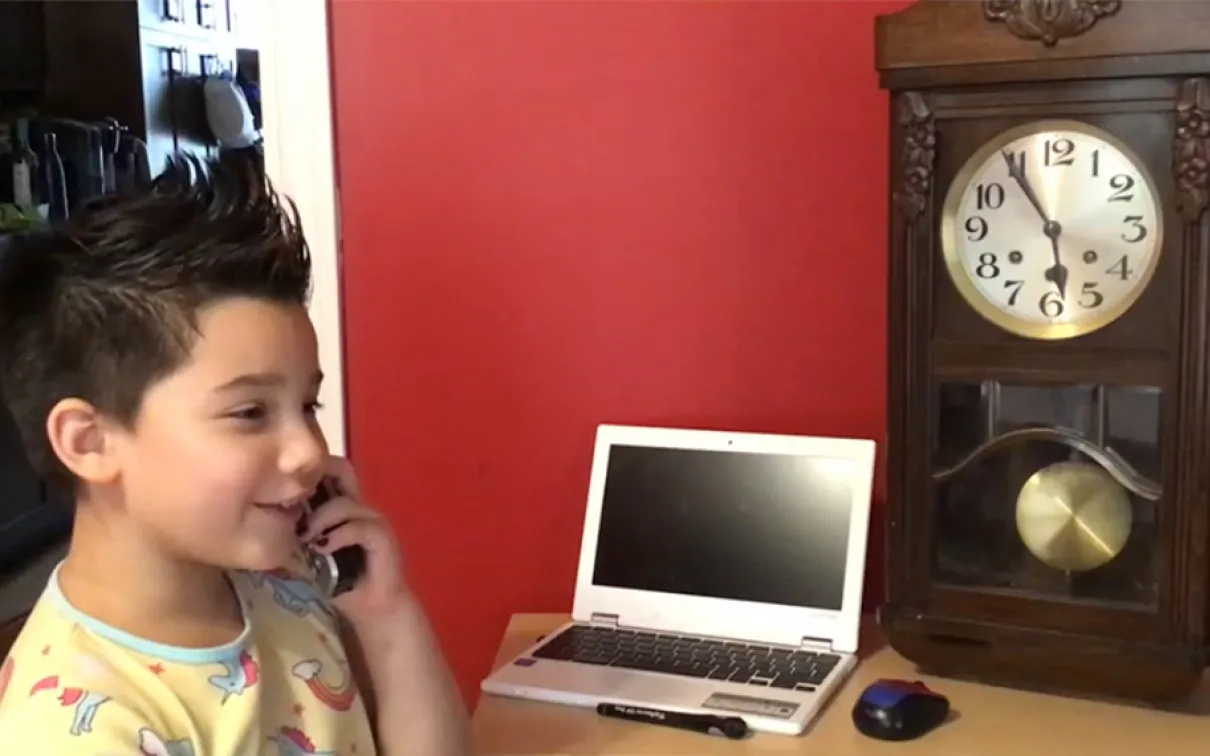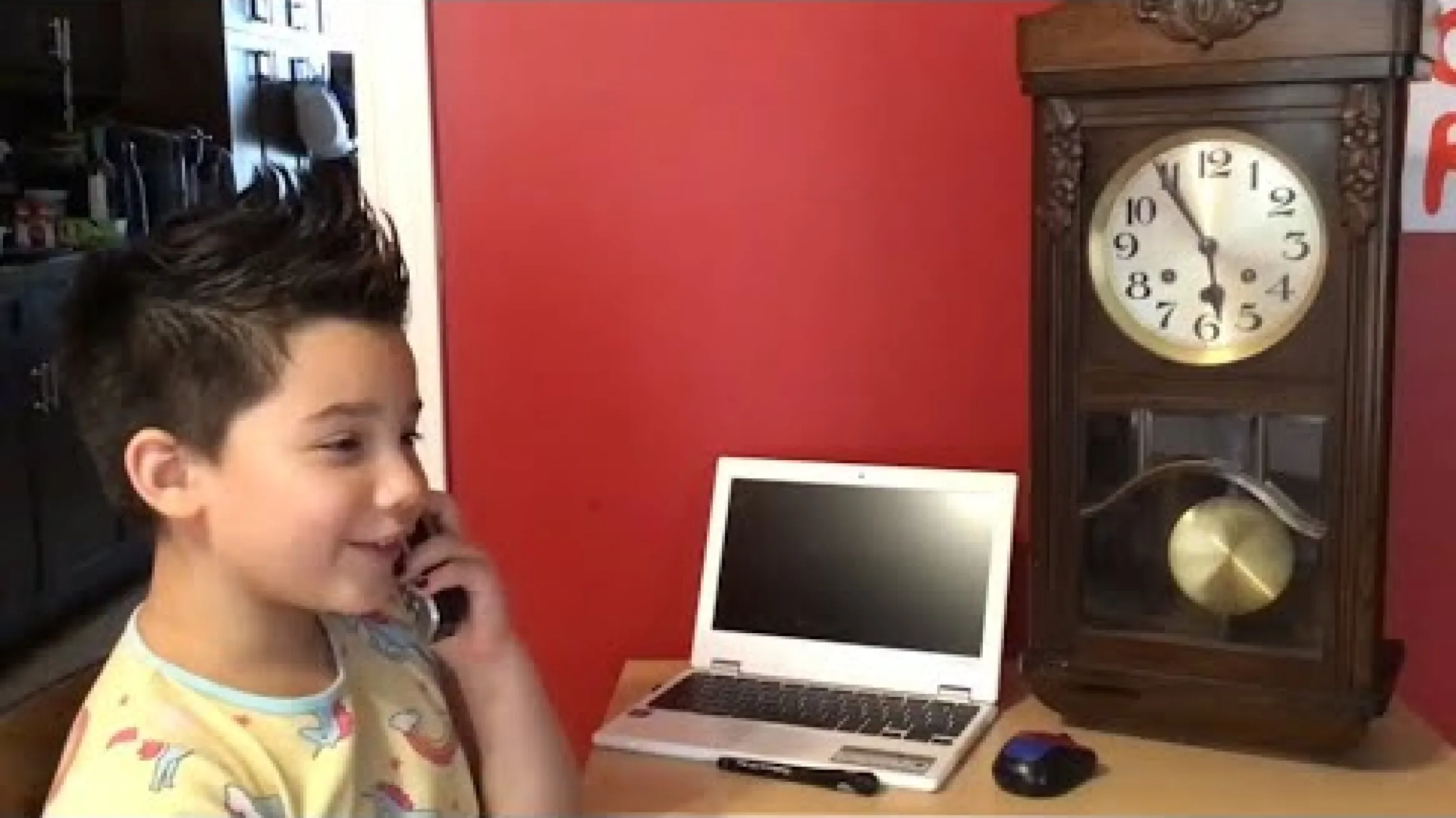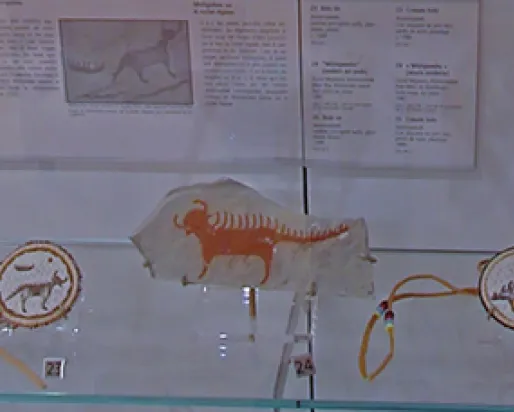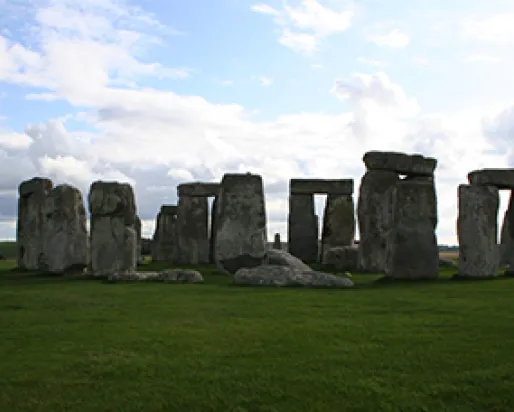ROM Around You: It’s (Oral) Tradition!
Category
Audience
Age
About
What do you know about the things around you? Let’s find out! Explore art, culture, and nature with ROM Teacher Julie Tomé.
Visit ROM Around You for other themes and curiosity challenges to discover more about the objects in your home, yard, and neighbourhood!
Fun Fact: Oral poets, from the composers of Beowulf and Gilgamesh to modern slam poets, use formulas to improvise and remember their poems. The formulas include standard metric patterns, vocal cadences, and figurative language.
About
The written word is a recent development. Before the invention of writing, people passed down their important stories and information orally. In fact, even today, the majority of communication is oral, and oral tradition is still used to pass on knowledge around the world. Scholars have studied oral tradition, as well as written texts based on oral tradition, such as the epic poems Beowulf, Gilgamesh, and the works of Homer. They found that these works use formulas to help the person reciting them remember the thousands of lines in the poems. Physical objects and even landscapes are sometimes used to help with memory. For example, the Haudenosaunee use wampum belts to document agreements and important events. As well, the Aṉangu, the traditional land owners of Uluru in Australia, use the crevices, bumps, and notches in the rock formation to remember knowledge stored in memory.
Curiosity Challenge: Interview an older family or community member to learn more about their lives, then either write a poem or make a memory aid to share the story.
Materials
- A way to connect with a family or community member
- Paper
- Pencil or pen
- Materials of your choice to create a memory aid (optional)
Instructions
- Get in touch with an older family or community member. This can be in person, if they are part of your social circle, or over the phone or internet.
- To get the conversation going, look around your house for an object that looks like it might have a story. This can be a piece of furniture, a toy, an article of clothing, a piece of jewelry, or something else.
- Talk to your family or community member about the object and/or their lives. Take notes if you need to. Ask if you can record the conversation.
- Write a poem about what you learned or make a memory aid.
- Share what you learned with your family.
- Questions to ponder:
- How are oral and written communication different from one another? How are they the same?
- Are there types of information that are better suited to be communicated orally? In written form?
- What factors affect the survival of oral and written communication?
- Why is it important to preserve languages that have few speakers left?
- Share your creation and thoughts with us on social media @ROMtoronto and #ROMathome
